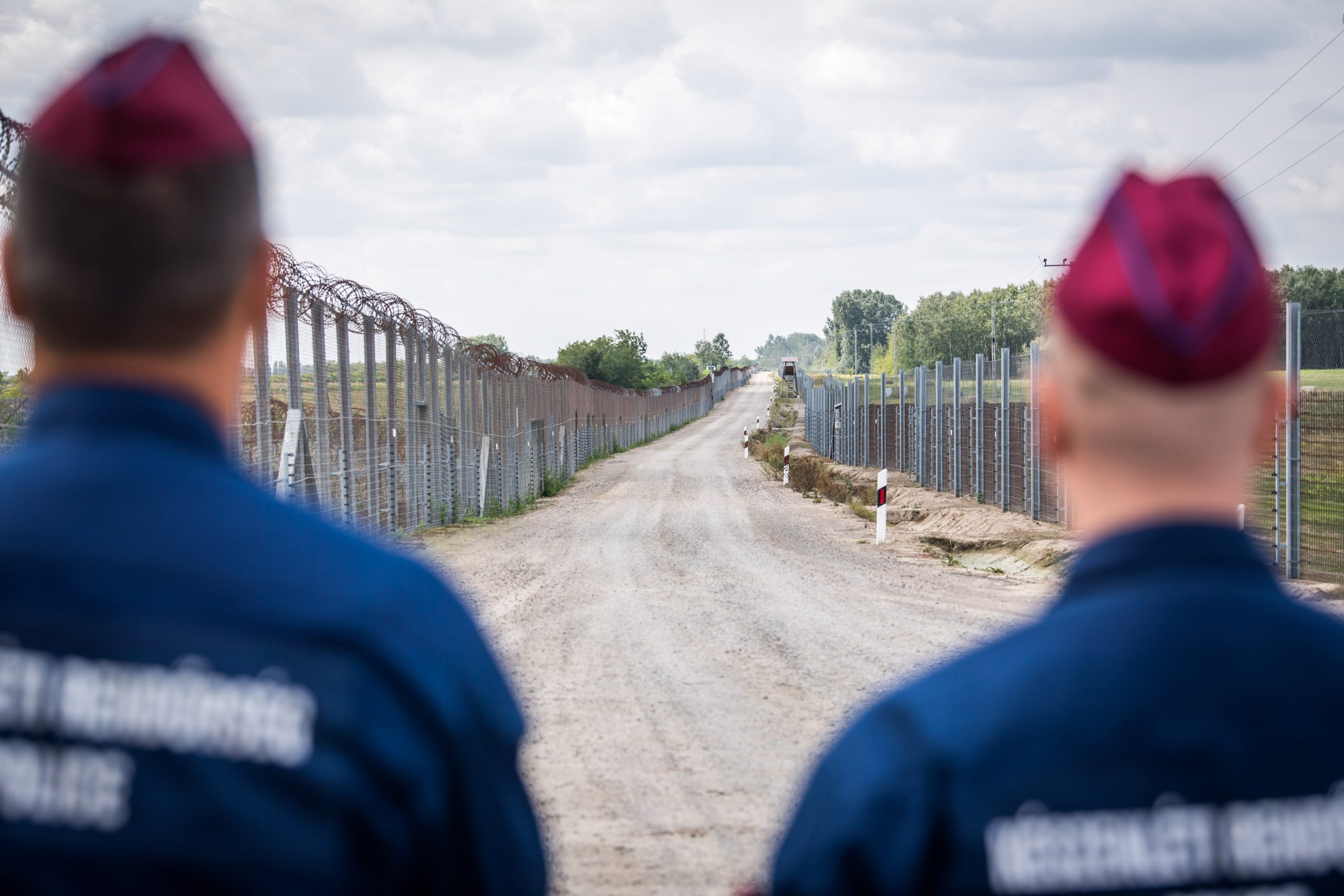
Police officers on duty detained a total of 579 border crossers on Monday and prevented 258 people from illegally entering Hungary, Police.hu reports.Continue reading

Hungarian Prime Minister, Viktor Orbán, said in his speech in parliament on Monday that he had given the interior minister the order to set up a completely new authority within the police force by September, which would be exclusively responsible for border protection.
This article was originally published on our sister-site, Ungarn Heute.
During the question and answer period, in response to a speech by László Toroczkai, leader of the Mi Hazánk parliamentary group, Viktor Orbán announced that he had given Interior Minister Sándor Pintér a mandate to set up a new police force in two months to deal with the migration issue:
A new body within the police, but not composed of police officers or soldiers to deal exclusively with border protection.”
It is untenable that Hungarian soldiers are being used for border protection instead of training during a war in a neighboring country, the Prime Minister said.
Viktor Orbán added that police officers on duty at the border should also be relieved, as they have a lot of work to do while separated from their families.
“Not only are they short of money, but they also have a heavy burden to carry,” the Hungarian PM said.
The independent border police in Hungary was abolished in 2007, and since then the police have been responsible for this task.
Also on Monday, NATO Secretary-General Jens Stoltenberg spoke about strengthening borders. He said combat readiness on the alliance’s eastern borders, particularly in the Baltic states, will be increased at the brigade level. Under plans to be signed by NATO leaders in Madrid, members will move more weapons to the east and deploy troops to defend the area. Stoltenberg also said NATO will increase the number of its high-readiness forces to more than 300,000.
Source: Világgazdaság, Index
Featured image via Attila Kovács/MTI